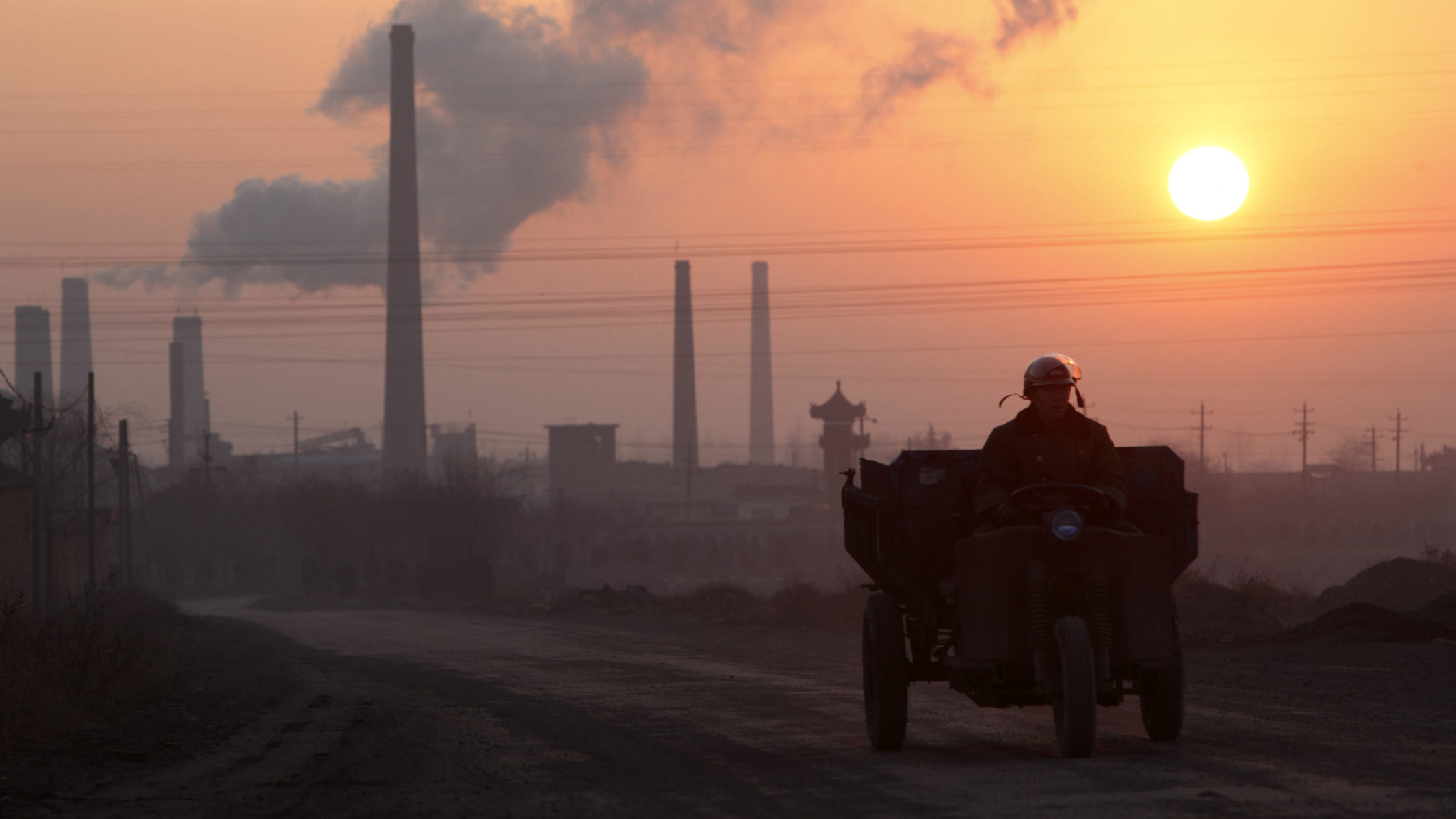There’s a dearth of sensible analysis when it comes to reasonable ways in which to decrease carbon emissions.
Some point fingers at Canada’s oil sands, or oil and gas more generally. They imagine if that industry disappeared, somehow carbon emissions would magically evaporate as well.
The reality is that Canada’s greenhouse gas emissions are 1.6 per cent of the total world emissions (with the oil and gas sector’s emissions at 0.3 per cent and the oil sands at 0.1 per cent included in that 1.6 per cent Canadian total).
Moreover, Canada’s greenhouse gas emissions intensity has fallen by 30 per cent since 2000. Between 2000 and 2018, GHG emissions intensity in Canada fell from 0.5 megatonnes of carbon dioxide equivalent (MT of CO2e) per billion dollars of GDP to 0.35 MT of CO2e per billion dollars of GDP.
Also, oil sands emissions intensity has been falling. Between 2011 and 2018, oil sands emissions intensity fell from 0.086 tonnes of CO2e per barrel to 0.067 tonnes of CO2e per barrel, a decline of about 22 per cent.
That’s the record in Canada. Meanwhile that progress on reducing carbon emissions is about to be wiped away, this by the dramatic increase in coal-fired electricity plants now being built worldwide.
As of 2020, 350 coal-fired power plants are under construction. They include seven in South Korea, 13 in Japan, 52 in India, and 184 in China with the rest underway in other parts of the world.
China is also building and financing hundreds of other coal-fired power plants in countries such as Turkey, Vietnam, Indonesia, Philippines, Egypt, and Bangladesh.
This matters (or should) to sensible discussions about how much pain — lost investment, killed jobs, lost incomes, and potential foregone tax revenue in the hundreds of billions of dollars — that Canadians should endure in attempts to squeeze reduced carbon emissions out of Canadians in the future.
After all, consider that Canada’s total energy-related emissions (just 0.6 Gt in 2018) were about one-half of the emissions from just India’s coal-fired power plants (never mind all other emissions). They are about one-eighth of just the emissions from China’s coal-fired electricity—never mind all of China’s emissions.
That’s the reality of greenhouse gas emissions and Canada and worldwide but here’s the other possibility: That natural gas could replace some coal-fired electricity generation.
Problem: Canada is not yet even in the “game” of exporting gas outside North America. Australia, Qatar, Russia, the United States and others have been supplying markets in Asia and elsewhere for years, having entered the natural gas export market early.
To be in the “game,” Canada needs to allow its natural advantages in natural gas to flourish, including our ports.
Consider one competitor close to home, the United States.
The United States has been the main export market for Canadian natural gas. That is also why, when American companies found ways to extract natural gas cheaply (from shale formations), that country could meet more of its own domestic needs and yet export ever-higher volumes of natural gas.
That development was a double “whammy” for Canada: Our main export market for natural gas needed less Canadian gas and we had no liquified natural gas (LNG) terminals built that would allow Canada to sell to other markets.
That dual hit is why American natural gas exports soared 1,200 per cent between 2000 and 2017 while Canada’s exports of gas declined by 17 per cent. (Meanwhile, exports of natural gas were up 13 per cent for Russia, 73 per cent for Malaysia, 146 per cent for Norway, 563 per cent for Australia, and 800 per cent for Qatar.)
Back to the U.S.-Canada competition for natural gas markets in Asia.
Canada does have an advantage over Americans: Our west coast exports terminals are significantly closer to some Asian ports. The Canadian LNG export projects now envisioned (with one under construction) have an advantage given the shorter shipping distance from Canada’s west coast ports to select ports in Asia.
For example, the distance from the U.S. Gulf Coast to the Japanese ports of Himeji or Sodegaura is more than 9,000 nautical miles, compared to less than 4,200 nautical miles between those two Japanese ports and the coast of British Columbia.
Asia has ever-increasing carbon (and particulate) emissions from coal-fired power. Canada has a surplus of natural gas. Therein exists an opportunity for both selected countries in Asia and for Canada.
Mark Milke and Ven Venkatachalam are with the Canadian Energy Centre, an Alberta government corporation funded in part by carbon taxes. They are authors of Carbon emissions and coal-fired power in Asia: Comparisons and new markets for Canadian natural gas.
